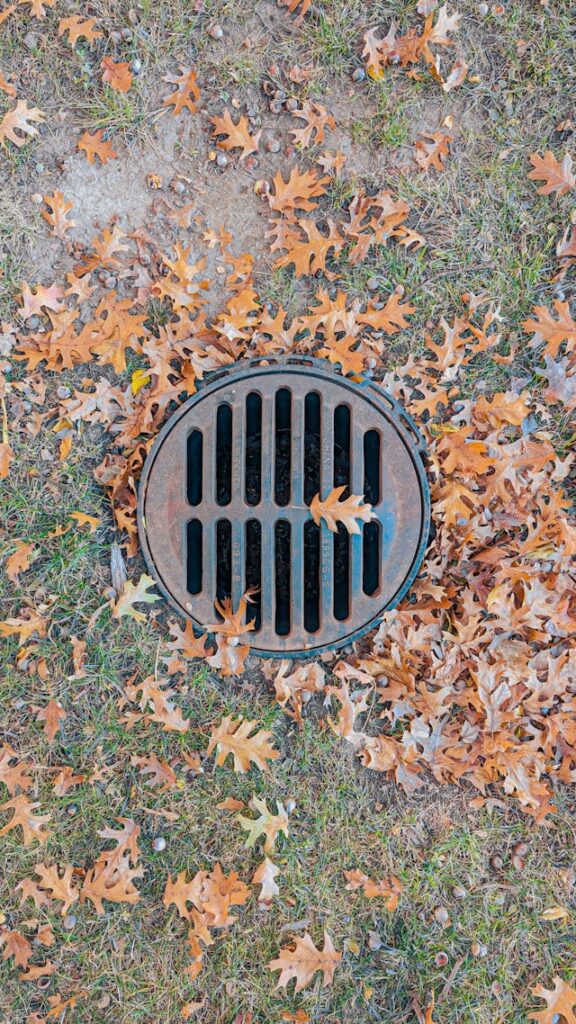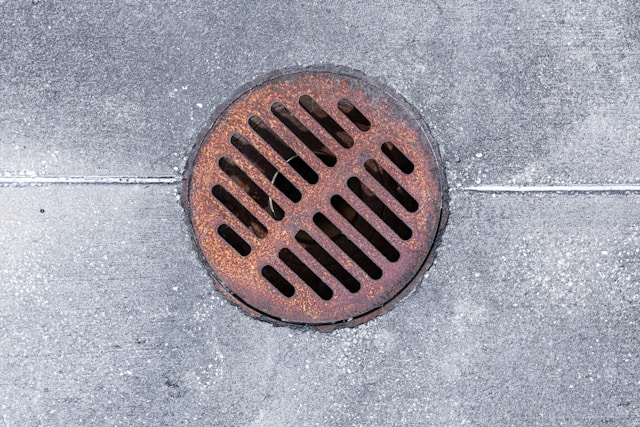There are numerous things that affect the health of sports grounds, but one thing that is often forgotten is drainage. Good drainage systems can be the unsung heroes that keep your grass looking good and ready to use. Good drainage is very important for keeping grass healthy, whether it’s on a green football pitch or a clean soccer pitch. Even the best-kept fields might have problems like waterlogging and soil erosion if they don’t have it.
Imagine players sliding on muddy places or having to cancel games because of bad weather. It’s not just a nuisance; it’s bad for both athletes and fans. This article talks about why drainage on sports fields is so important for the long-term health of the turf and how good management can keep the playing surfaces green all year long. Let’s look at why every sporting complex needs good drainage systems!
Knowing how bad drainage affects the health of turf
Bad drainage can really hurt the health of your turf. When water collects, it makes the ground too wet for grass to grow. Plants are weak and sick because their roots can’t get enough oxygen.
Too much moisture can also lead to illness, in addition to root problems. Fungi and bacteria do well in wet environments, which can kill or change the colour of areas of grass. This not only looks bad, but it also makes the field less useful.
Also, muddy surfaces make things wear out faster while playing. Standing water or soft ground can make it hard for athletes to get a good grip, which can lead to injuries.
Compacted soil makes things even worse by blocking proper drainage channels. If you don’t do anything about this vicious cycle, it could cause permanent damage.
Knowing how these things affect sports fields makes it clear how important it is to have good sports field drainage systems to keep the fields healthy and safe for players.

Things to Think About When Picking a Drainage System
There are a few important things to think about while choosing the correct drainage system. First, think about what kind of dirt is in your sports field. Sandy soils drain quickly, whereas clay holds onto water longer.
Next, think about the weather where you live. Areas that get a lot of rain could need stronger systems to deal with extra water.
It is also very important to look at the field’s topography. Surface drains that get water out quickly may help sloped regions.
The budget is also important; certain systems are cheaper to buy at first but can cost more to keep up later.
Check out the rules and standards for sports fields in your area. Following the rules makes sure that the grass and the infrastructure built for athletes’ performance are safe and last a long time.

How to Keep Sports Fields’ Drainage Working Well
Your grass will last longer and be healthier if you make sure the drainage on your sports field is working properly. Regular checks can help find problems before they get worse and require expensive repairs. If you see pooling water or damp places, these could be evidence of drainage problems below the surface.
Setting up a regular maintenance program is also a good idea. This involves making sure that pipes aren’t blocked, cleaning rubbish from drains and looking for any erosion at the edge of the field. Aeration is also crucial since it helps make the soil structure better and lets water seep in more easily.
Also, think about selecting high-quality materials when you put in or upgrade your drainage system. Investing in good solutions may save you money in the long run by keeping the turf from becoming damaged.
Using cover crops in the off-season can make the soil more stable and help it absorb water better. They also have other benefits, like making the soil less compact and adding more nutrients to it.
Teaching employees on the best ways to water and mow the lawn on a regular basis is another way to keep the grass healthy. Proper training makes sure that everyone knows how important adequate drainage is for keeping a decent playing field.
By following these recommended practices, you can protect your investment and make sure athletes are safe all year round.





